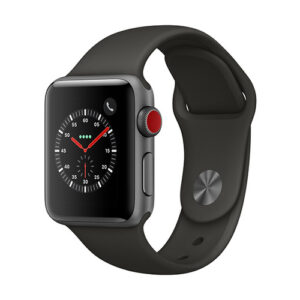Description
Case and Connectivity
Dell installs the Latitude’s components into a casing made of matte, black plastic. The surfaces have been roughened slightly. A rubber frame that should protect the device against bumps surrounds the base unit. The build does not give reason for criticism, but the stability has room for improvement. The base unit warps a bit too strongly in our opinion. Furthermore, the screen displays image distortions when only pressing the lid’s back lightly. The laptop does not have a maintenance hatch and the battery cannot be removed.
The Latitude only sports the most necessary interfaces. The two Type-A USB ports support USB 3.1 Gen. 1 standard. A video-out (HDMI) is present. The interface positioning is unfavorable as they are on level with the wrist rest. Thus, the space beside these areas will not remain free of cables.
A Wi-Fi module that carries a chip by Intel (7265) is inside the laptop. In addition to the 802.11 a/b/g/h/n Wi-Fi standards, it also supports the fast ac-standard. The transmission rates that we measured under ideal conditions (no other Wi-Fi devices in the vicinity, short distance between laptop and server PC) were very good.
Input Devices
The Latitude comes with an unlit chiclet keyboard. The keys are slightly concave and have a lightly roughened surface. They feature a short drop and clear pressure point. The center yields a bit when typing on the keyboard, but that was not distracting in the test. The keyboard makes an overall very decent impression and is even suitable for frequent typing. The multitouch ClickPad has a surface area of approximately 10×5.6 cm, and thus it provides plenty of room for gestures. The pad’s sleek surface does not stop the fingers from gliding over it. The pad responds to inputs even in its corners. It has a short drop and clear pressure






Reviews
There are no reviews yet.